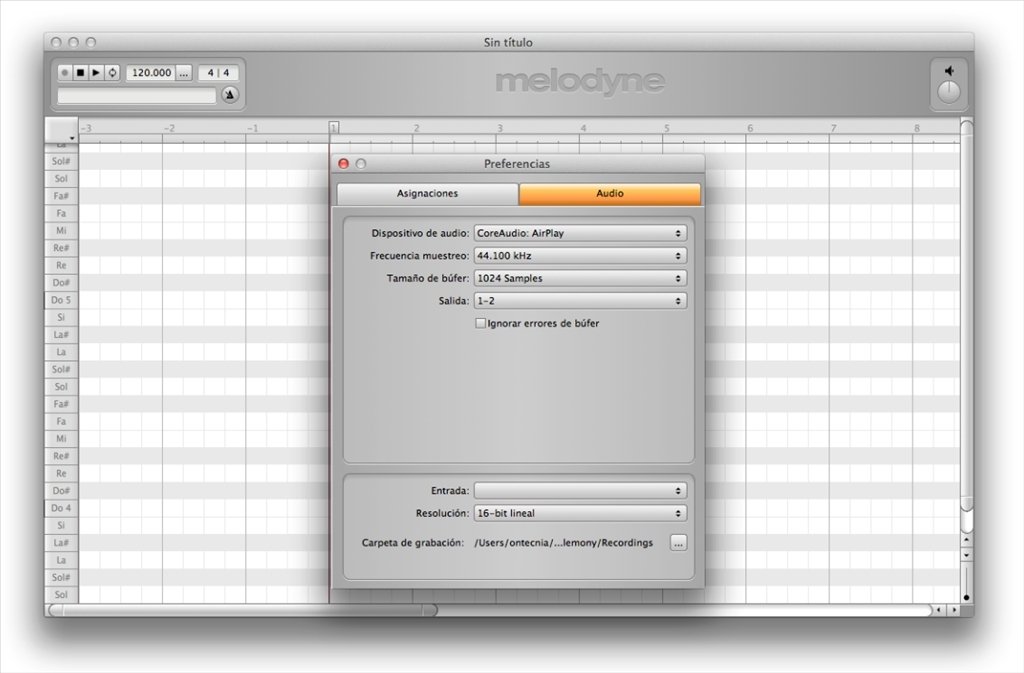

Whereas users of the original Melodyne could only work with monophonic audio files, (such as a vocal, for example), DNA-powered users could ‘explode’ each and every note of a polyphonic performance – re-voicing chords on a guitar, for example, or completely changing a tune played on the right-hand of a piano.Īnother important step, which revolutionised the workflow of many users, was the introduction of a plug-in version of Melodyne. Musical DNA Since the initial inception, the evolution of Melodyne has witnessed some important leaps in its functionality. One of the biggest shifts came in 2008 with the introduction of ‘DNA’ technology – a revolutionary new pitch-detection algorithm, which finally made polyphonic pitch correction possible.
CELEMONY MELODYNE 4 EDITOR TRIAL OFFLINE
Developed by Peter Neubäcker, Melodyne worked as an offline pitch and timing correction system – an approach that contrasted with Auto-Tune, which worked as a real-time plug-in.Īlthough Auto-Tune’s results were more immediate (and more noticeably ‘modified’, for that matter), Melodyne’s scientific accuracy meant the results had a transparency which few solutions could match. In short, you didn’t hear Melodyne working, just a fault-free performance. However, whereas Auto-Tune attracted the majority of the bad press (certainly, it became synonymous with the perceived sanitisation of modern music), Melodyne went about its business in a more transparent and musically sensitive way.įrom the very beginning, Melodyne’s strength has been an almost-scientific understanding of the principles of sound and pitch perception.

Alongside the infamous Auto-Tune, Melodyne had the potential to correct even the most un-musical of performances, modifying pitch, intonation, and, in Melodyne’s case, timing inconsistencies.

CELEMONY MELODYNE 4 EDITOR TRIAL SERIES
First released back in 2001, Celemony’s Melodyne was one of a series of tools that revolutionised the public perception of recorded music.


 0 kommentar(er)
0 kommentar(er)
